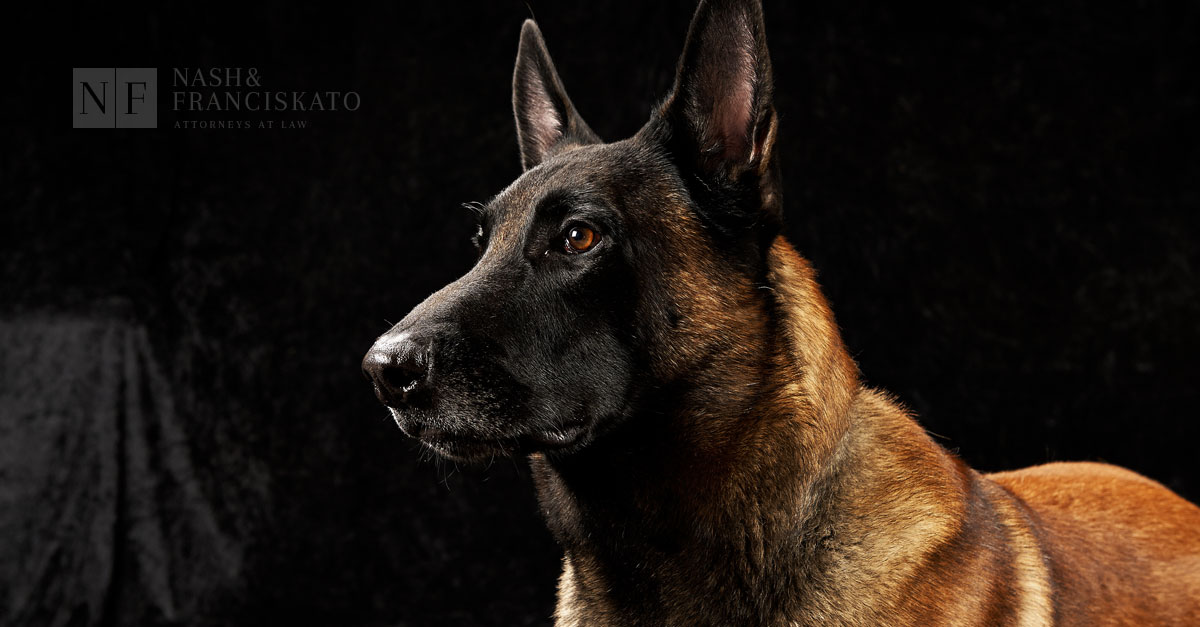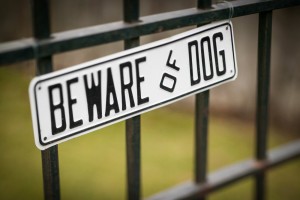Contact Us
Two Pershing Square 2300 Main Street, Suite 170 Kansas City MO 64108Two Pershing Square
2300 Main Street, Suite 170
Kansas City, MO 64108
Directions
Telephone: (816) 221-6600
Toll Free: 1 (877) 284-6600
Fax: (816) 221-6612

Pet ownership in the United States continues to grow. According to the 2023-2024 APPA National Pet Owners Survey, 66% of U.S. households own a pet, which equates to 86.9 million households. Of those, 65.1 million come home to the wagging tail of a dog. Unfortunately, that means the chance for a dog bite occurring has also increased— with more than 800,000 requiring medical attention and with children being the most likely victims.
Source: American Veterinary Medical Association
One of the major reasons why dogs bite is that people, especially children, don’t know how to read a dog’s body language or know the proper way to respond. Since there is no guarantee that a pet’s owner has trained or socialized his or her dog, education is essential to keeping children safe from dog bites.
Teach kids to:
 Stay out of a dog’s personal space, especially when eating or sleeping.
Stay out of a dog’s personal space, especially when eating or sleeping.Most importantly, teach kids what to do when a dog becomes unfriendly.
Dog bites can inflict serious damage. With kids, the majority of injuries occur to the neck and face and can result in visible scars and disfigurement. Dog bites are typically life altering and very traumatic events.
Depending on the type of injury sustained, your child may need ongoing medical treatment such as physical or occupational therapy or even trauma counseling long after the dog bite occurred.
In most cases, a pet’s owner is liable for a pet’s actions, meaning that you may be entitled to receive compensation from the owner or his or her insurance company for medical bills, pain and suffering, and lost wages.

Obtaining the assistance of a personal injury attorney will help you cover all your bases.
At Nash & Franciskato, we understand dog bite laws and negligence factors that will help you recover compensation for your child’s injuries. Contact us at (877) 284-6600 and one of our experienced staff will provide you with a free, no-obligation case review of your case.
Start Your Free Case Evaluation.
Would you like to receive news and blog updates on a regular basis? Sign up to receive our email newsletter. Your email address will only be used to send you our newsletter and respond to inquiries.
Past results afford no guarantee of future results and each case is different and is judged on its own merits. The choice of a lawyer is an important decision and should not be based solely upon advertisements.
Editor’s Note: This post was originally published June 19, 2015. It was reviewed on March 29, 2023 and updated for content and accuracy.